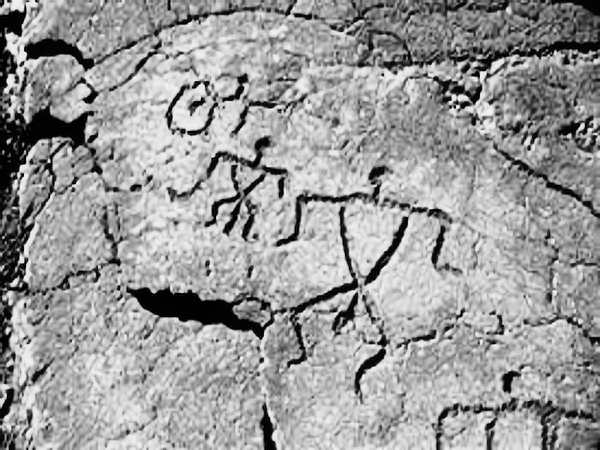Hawai’i, a land rich in history and tradition, has always attracted those fascinated by its vibrant culture. Visitors from all corners of the globe come here to immerse themselves in Hawaiian heritage, studying our language, history, and folklore. While many of these individuals display a genuine appreciation for our culture, others merely pick and choose aspects that fit their personal interpretations. Among these enthusiasts are those who, after studying Hawaiian legends and myths, declare themselves experts in Hawaiian storytelling.
However, this approach reveals a crucial misunderstanding about our culture. Many people see Hawaiian deities and legendary figures as relics of the past, locked away in ancient stories and myths. This perspective fails to recognize that our gods, heroes, and ancestral figures remain active and influential today. The descendants of these legendary figures are alive and present in our modern society, connecting the past with the present in meaningful ways.
The Misunderstood Legacy of Hawaiian Stories
King David Kalakaua’s book, initially titled “Oral Traditions of Hawai’i,” aimed to capture these living traditions passed down through generations. Unfortunately, the title was changed to “Legends and Myths of Hawaii” by the publisher, likely to boost sales. This change, however, misrepresented the nature of these stories, shifting them from living traditions to mere folklore.
Even during King Kalakaua’s time, the supernatural was very much a part of daily life. Accounts of ghostly encounters with figures like Pele, Mo’o, and Kamapua’a still permeate modern Hawaiian society. For some, these encounters end in dramatic circumstances, such as divorce or personal crises, while others treasure them as rare and profound experiences. These stories continue to be shared within families or with those who truly understand their significance.
A Personal Journey Through Hawaiian Legends
As a child, I devoured Hawaiian legends with an insatiable curiosity. By kindergarten, I was reading at a sixth-grade level and spent my free library time in the “Hawaiiana” section, absorbing tales of Pi’ikoi, Maui, Kamehameha, and Pele. My enthusiasm for these stories was boundless, and I eagerly shared them with anyone who would listen—family, classmates, and friends.
Despite my deep interest, I never claimed to be an expert. The true experts were the storytellers who preserved these traditions and shared them with authenticity. Today, I continue to recount stories of encounters with Pele, Mo’o, Mano, and other legendary figures. These modern tales are evidence that our ancestors are not confined to the past but actively influence our present-day experiences.
The Continuity of Hawaiian Culture
Hawaiian culture is not static but dynamic, evolving while remaining deeply rooted in its traditions. Stories of ghostly apparitions and supernatural encounters are as relevant today as they were in the past. These stories are not merely historical curiosities but are woven into the fabric of contemporary Hawaiian life.
The idea that legends must fit a particular mold to be considered authentic is a misconception. If we limit our understanding of Hawaiian culture to a historical context, we miss out on the richness of its living traditions. These stories, whether they involve supernatural beings or ordinary people experiencing extraordinary events, are deeply rooted in the present-day Hawaiian experience.
Preserving and Sharing Hawaiian Stories
As someone entrusted with these stories, I approach them with respect and mindfulness. Some stories are shared with the understanding that they remain private, serving as personal reminders or lessons. Others are humorous or poignant reflections on life’s ups and downs. Each story is a visceral piece of someone’s life—a snapshot of their experiences, struggles, and triumphs.
These narratives are not just historical artifacts but living testimonies of people who are part of today’s Hawaiian society. They reflect the complexities of modern life and the ongoing presence of our ancestral spirits. By preserving and sharing these stories, we honor their significance and ensure they remain a vibrant part of our cultural heritage.
Embracing the Present While Honoring the Past
The richness of Hawaiian culture lies in its ability to honor the past while engaging with the present. Our language, traditions, and customs continue to evolve, shaped by both historical influences and contemporary experiences. We speak our language, practice our culture, and show aloha in ways that are both respectful of the past and relevant to the present.
For those who claim to be experts in Hawaiian storytelling without fully understanding this dynamic interplay, it is essential to recognize that Hawaiian culture is not confined to the past. Embracing the present while honoring our traditions allows us to appreciate the depth and breadth of our heritage.
As I reflect on my own journey and the stories I share, I encourage everyone to approach Hawaiian culture with an open mind and a respectful heart. Whether you are a long-time resident or a newcomer, understanding and appreciating the living spirit of our culture enriches your experience and deepens your connection to this beautiful land.

